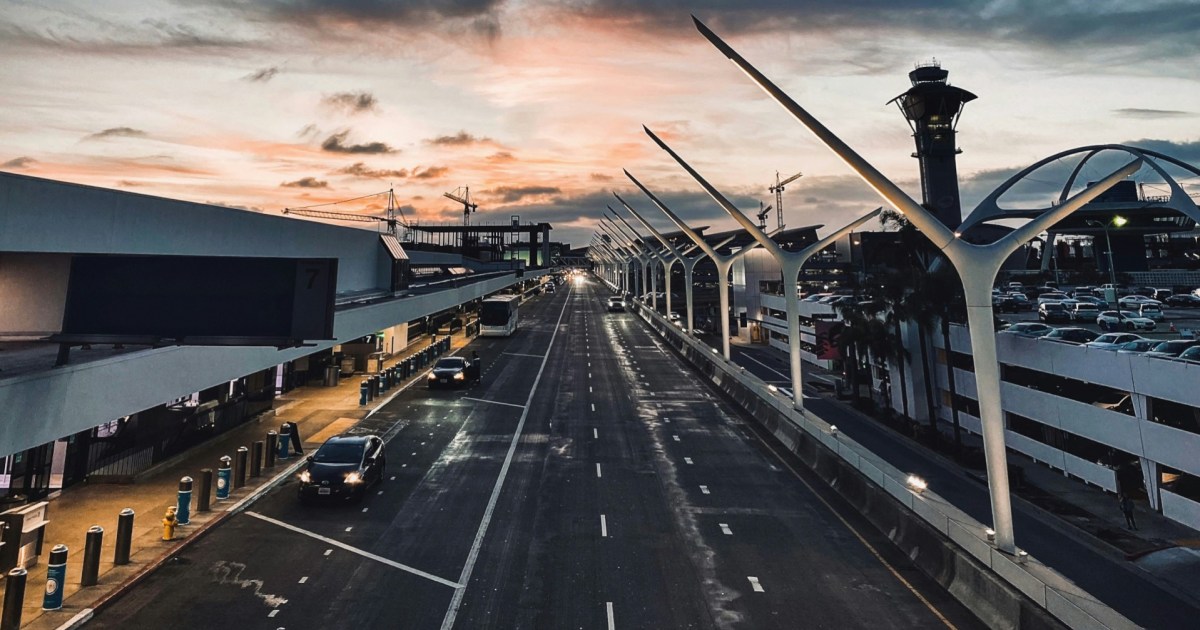Friday, June 27, 2025
The United Kingdom is taking a transformative leap toward modernising its rail infrastructure with the launch of an ambitious high-speed connectivity project aimed at eliminating mobile signal blackspots across major train routes. Spearheaded by the Department for Transport through Project Reach, this bold initiative will deploy over 1,000 kilometres of fibre optic cables and upgrade 4G and 5G coverage in tunnels and stations nationwide. The goal is to ensure seamless mobile connectivity for millions of commuters and travellers, enhancing productivity, improving passenger experience, and aligning with the country’s push for digital innovation and hybrid working flexibility.
UK Railways Set for Revolutionary Boost as Government Targets End to £18 Billion Connectivity Crisis
A groundbreaking initiative spearheaded by the UK’s Department for Transport (DfT) aims to eradicate mobile signal dead zones along the country’s most vital rail routes—ushering in a new era of seamless connectivity for train passengers connectivity and unlocking substantial economic value.
The government-backed strategy, dubbed Project Reach, aims to overhaul the quality of mobile and internet service on key rail lines, with the goal of ending the long-standing issue of dropped calls and patchy data access during train journeys. This comes after a landmark agreement was signed by Network Rail with leading telecoms firms Neos Networks and Freshwave, signaling the start of an ambitious infrastructure renewal project.
Fibre Optic Expansion Across Major Rail Routes
At the heart of the plan lies the deployment of over 1,000 kilometres of high-speed fibre optic cabling along major routes, including the East Coast Main Line, West Coast Main East Coast Main Line, West Coast Main Line, Great Western Railway, and the Chiltern rail corridor. These initial upgrades are just the beginning, with the Department for Transport expressing its intent to expand the network to over 5,000 kilometres in the near future.
The integration of high-capacity fibre optics will not only enhance mobile coverage but also lay the groundwork for robust and consistent 4G and 5G access. This new backbone of connectivity aims to transform the train experience for millions of passengers who currently struggle with unstable signals and slow browsing speeds.
Signal Upgrades in Tunnels and Stations
In addition to enhancing overground connectivity, Project Reach will tackle some of the most challenging underground areas. Freshwave is set to spearhead efforts to improve mobile connectivity within 57 railway tunnels, spanning close to 50 kilometres of track. This includes the infamously problematic Chipping Sodbury tunnel near Bristol, which has long been a source of frustration for travellers due to complete signal blackouts.
To complement these improvements, a parallel initiative will see 12 of the UK’s busiest railway stations outfitted with cutting-edge mobile technology. Upgrades to 4G and 5G infrastructure are planned at key transit hubs such as London Euston, King’s Cross, Paddington, Waterloo, Manchester Piccadilly, Liverpool Street, Leeds, Birmingham New Street,Bristol Temple Meads, Central Station in Glasgow, Waverley Station in Edinburgh, and Liverpool’s Lime Street terminal. These enhancements aim to provide commuters and long-distance travellers with seamless mobile connectivity even while waiting for their trains.
A Joint Effort with Significant Savings
The government has praised the project as a model example of public-private sector collaboration, with both infrastructure providers and mobile operators playing essential roles. The DfT believes this blended approach to investment will lead to estimated taxpayer savings of around £300 million, as private funding shoulders much of the technological implementation.
By combining state-led coordination with private sector expertise and innovation, Project Reach offers a financially responsible solution to one of the rail sector’s most persistent issues.
Economic and Productivity Gains
Beyond passenger convenience, the implications of enhanced rail connectivity are deeply economic. According to Professor Daniel Susskind of King’s College London, the economic value of time spent on UK trains exceeds £18 billion annually. With more reliable mobile and internet access, travellers could make better use of their journey time—particularly those in white-collar jobs who often lose hours of potential productivity during commutes.
Rather than reading or idly passing the time, workers would be empowered to conduct meetings, write emails, and collaborate remotely. This shift could even prompt a rethinking of traditional office hours, allowing for more flexible work-from-train routines and reducing the pressure on central office spaces.
The DfT’s new connectivity initiative thus aligns directly with the evolving landscape of hybrid and remote work, as well as the broader goals of digital transformation across UK infrastructure.
The United Kingdom’s groundbreaking rail connectivity upgrade aims to eliminate mobile signal blackspots by deploying fibre optic infrastructure and enhancing 4G and 5G coverage, transforming travel efficiency and boosting economic productivity.
Looking Ahead
As the first cables are laid and tunnel installations begin, travellers can look forward to a vastly improved journey experience—one where dropping a call or losing access to data becomes a thing of the past. With plans to continue expanding fibre coverage and station enhancements in the coming years, Project Reach represents not only a technical breakthrough but a strategic investment in the future of the UK’s transport and economic landscape.
If successful, the program could serve as a benchmark for how countries modernize legacy infrastructure to meet digital-age demands—bridging physical and digital mobility in one ambitious, forward-looking move.



